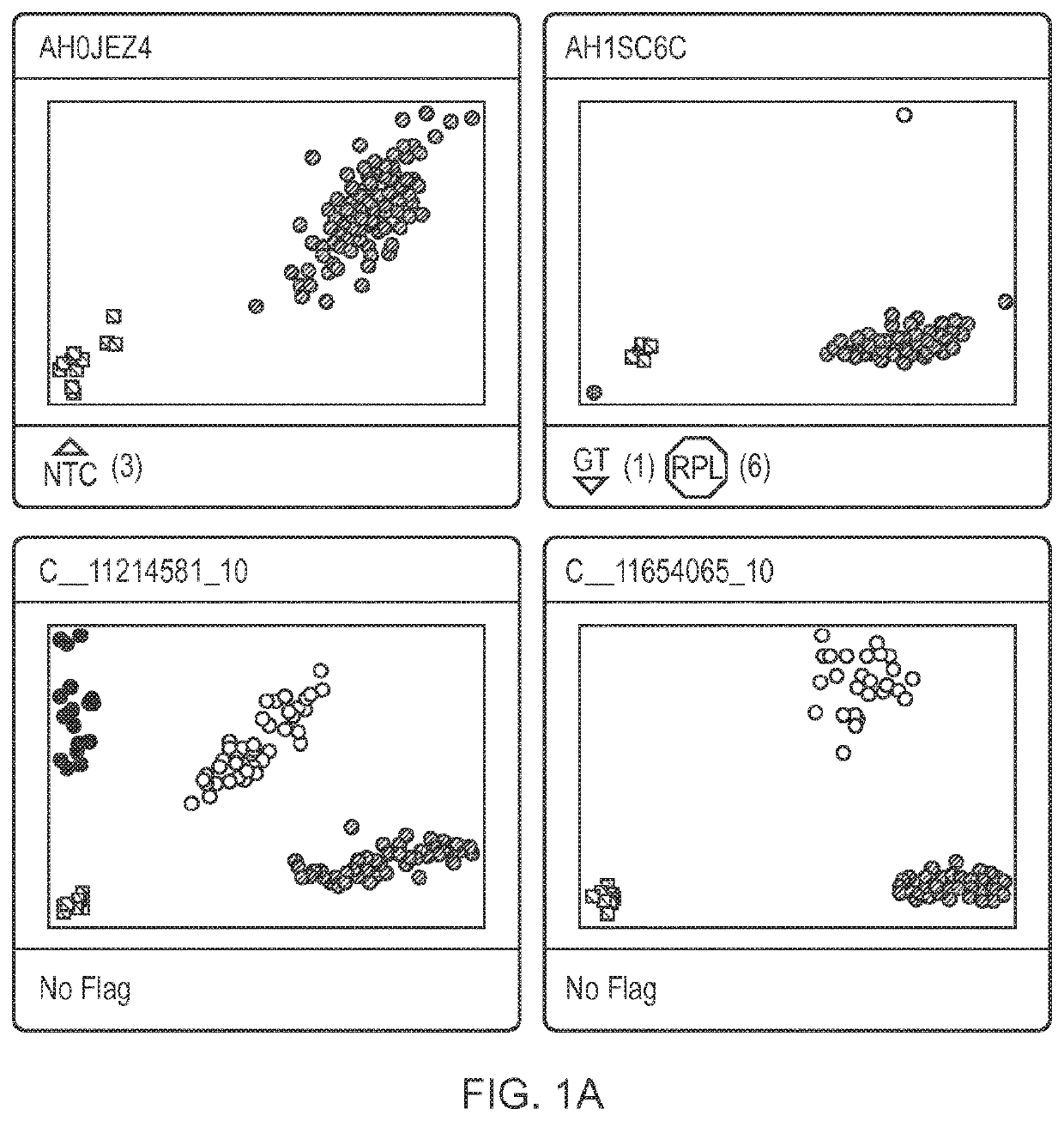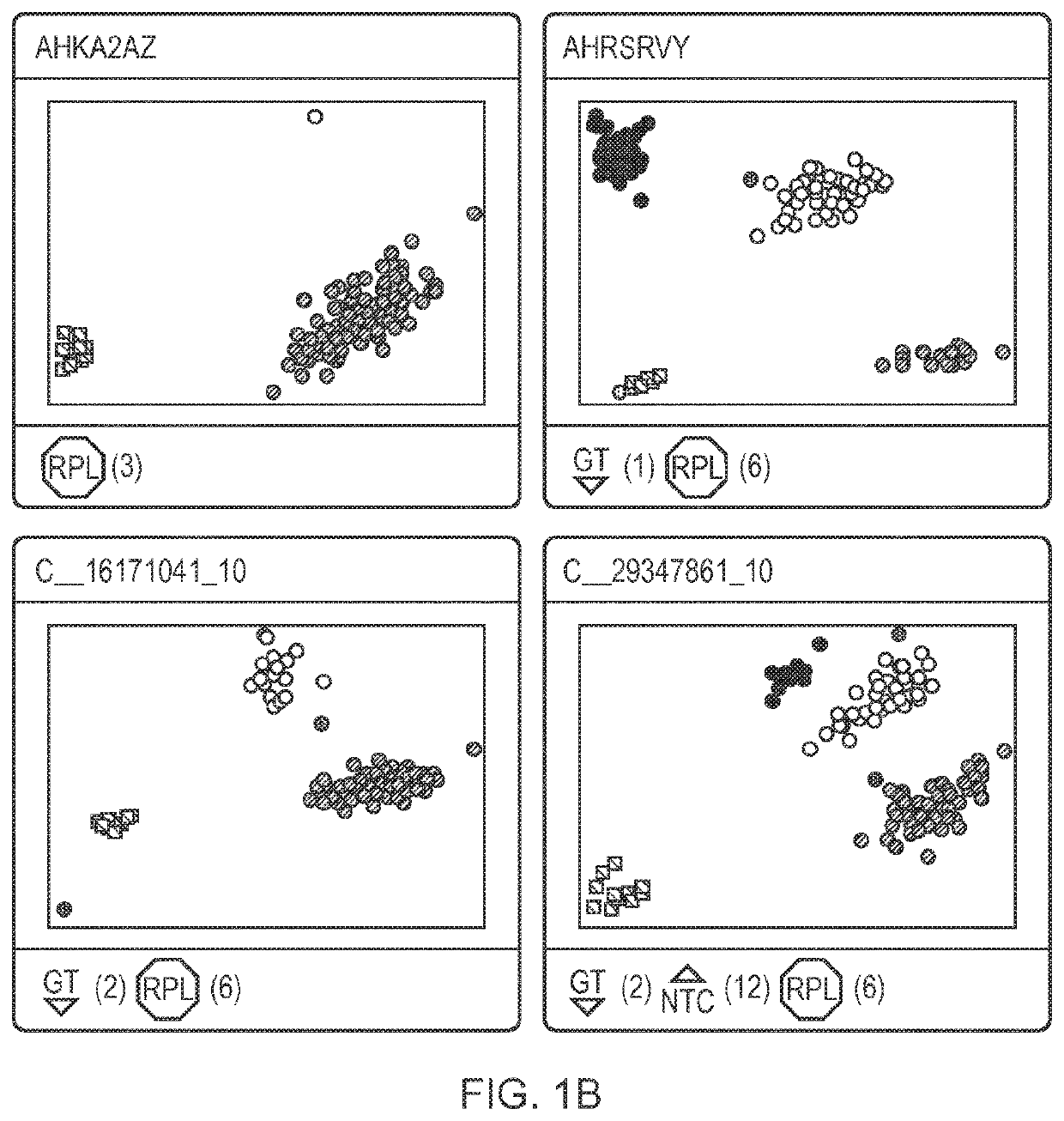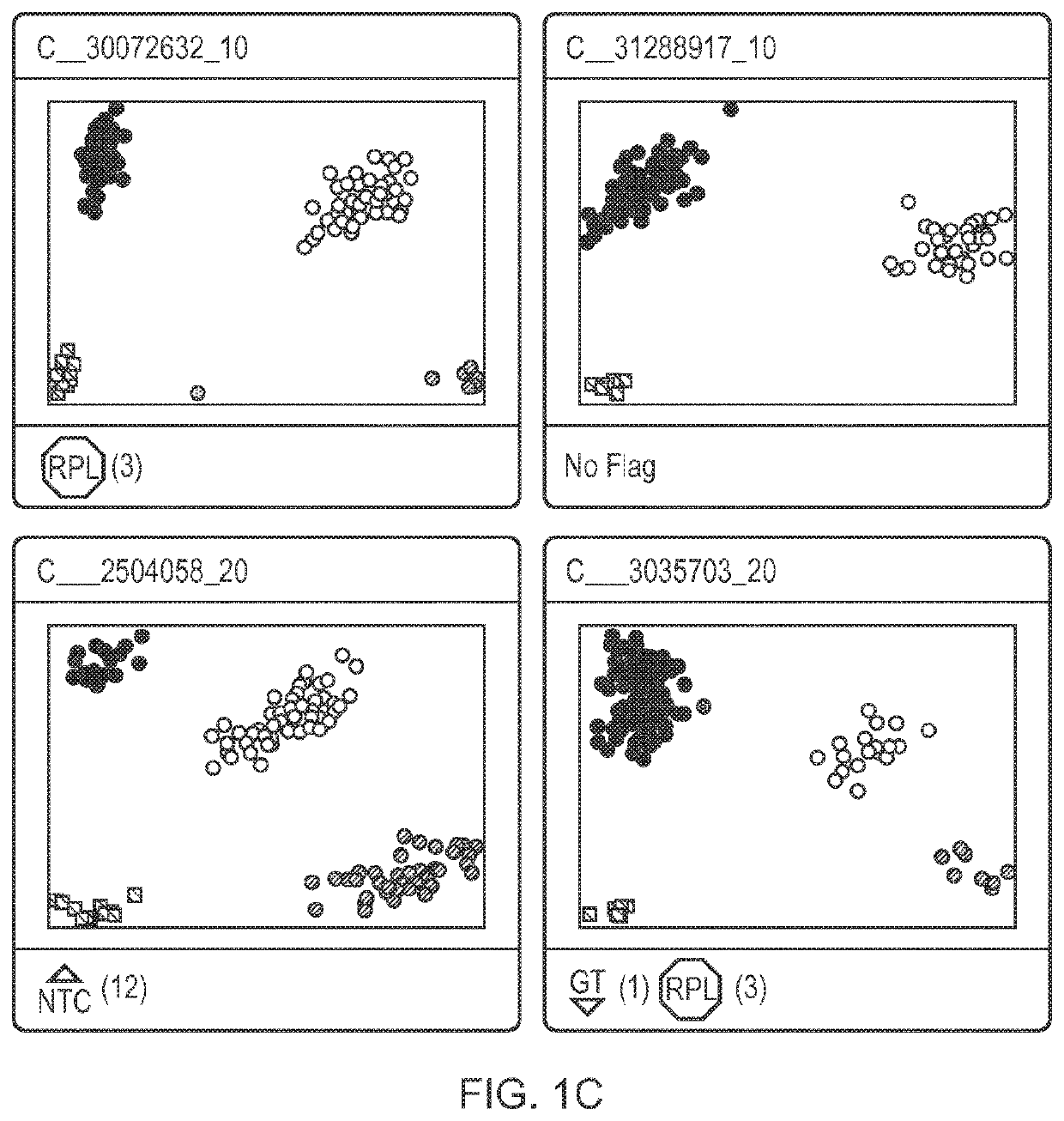Methods, tools and systems for the assessment, prevention, management and treatment selection for type 2 diabetes
a type 2 diabetes and management program technology, applied in the direction of dna/rna fragmentation, microorganism testing/measurement, biochemistry apparatus and processes, etc., can solve the problems of reducing the use of unnecessary probes and other reagents, affecting the self-management of diabetics, and not reaching all patients.
- Summary
- Abstract
- Description
- Claims
- Application Information
AI Technical Summary
Benefits of technology
Problems solved by technology
Method used
Image
Examples
example 1
Selection of 16 Single Nucleotide Polymorphisms (SNPs) for a Type 2 Diabetes Genetic Prediction Tool in Mexican (and Latino) Populations
[0212]SNPs were prioritized from the largest meta-analyses of extant genome-wide association studies (GWAS) performed in European and other populations, under the assumptions that: (1) their effects in other populations were generalizable and (2) the largest sample sizes available provided the most robust estimates of the true effect size. The SIGMA1 GWAS dataset was used to ensure that the proposed SNPs have consistent effects in the Mexican population. Consideration was made of allele frequencies in Mexicans, to maximize the predictive power of a SNP at the population level (effect size x allele frequency). To maximize flexibility and minimize cost, a single array of 16 SNPs was chosen. It was decided that the array would not include ancestry informative markers.
[0213]SNPs were ranked by their odds ratio in the largest dataset available (Morris et...
example 2
Study to Determine the Genetics of Acute Glipizide and Metformin Response in Humans with the HNF1A E508K Variant
[0227]As described in The SIGMA Type 2 Diabetes Consortium, JAMA, 2014; 311(22), pp. 2305-2314, a mutation in HNF1A was identified, which is present in 2% of people with diabetes studied in Mexico. This mutation is located in exon 8 (E508K), which causes a partial defect in the function of the protein. This finding is consistent with that has been observed in other described mutations of exon 8; and is associated with late-onset diabetes. The initial clinical and biochemical characterization of subjects with the HNF1A E508K mutation showed that carriers of the variant have a clinical profiles indistinguishable from those of patients with Type 2 Diabetes. Pharmacogenetic studies are required to demonstrate that the carriers with the E508K variant selectively respond to sulfonylureas. Testing of this hypothesis has practical implications because it would be possible to propo...
example 3
Interventions for the Management of Diabetes
[0266]Creation of a Basic Mobile Individual Casual Game for Reinforcing Effective Eating Habits and Awareness
[0267]The game would be developed for the Android platform using a touch-based interface. The instructional goal would be to reinforce the benefits of eating the right types of foods. A key intent would be to develop a gameplay style that is “addictive” to encourage long-term gameplay.
[0268]Potential Game Style: Forward-scroller (e.g., Minion Rush) or Side-scroller (e.g., Super Mario Bros), where collecting “good” food makes you stronger and “bad” food makes you weaker. Simple actions (e.g., jump with a slide up of your finger). Perhaps have a special “super food” that lets you power-up and counter the negative effect of a bad food. Reinforce concepts related to blood sugar via meters that go up and down over time or changes in the character's visible appearance. Reinforce the negative aspects of certain key bad foods via related mo...
PUM
| Property | Measurement | Unit |
|---|---|---|
| waist circumference | aaaaa | aaaaa |
| volume | aaaaa | aaaaa |
| volume | aaaaa | aaaaa |
Abstract
Description
Claims
Application Information
 Login to View More
Login to View More - R&D
- Intellectual Property
- Life Sciences
- Materials
- Tech Scout
- Unparalleled Data Quality
- Higher Quality Content
- 60% Fewer Hallucinations
Browse by: Latest US Patents, China's latest patents, Technical Efficacy Thesaurus, Application Domain, Technology Topic, Popular Technical Reports.
© 2025 PatSnap. All rights reserved.Legal|Privacy policy|Modern Slavery Act Transparency Statement|Sitemap|About US| Contact US: help@patsnap.com



